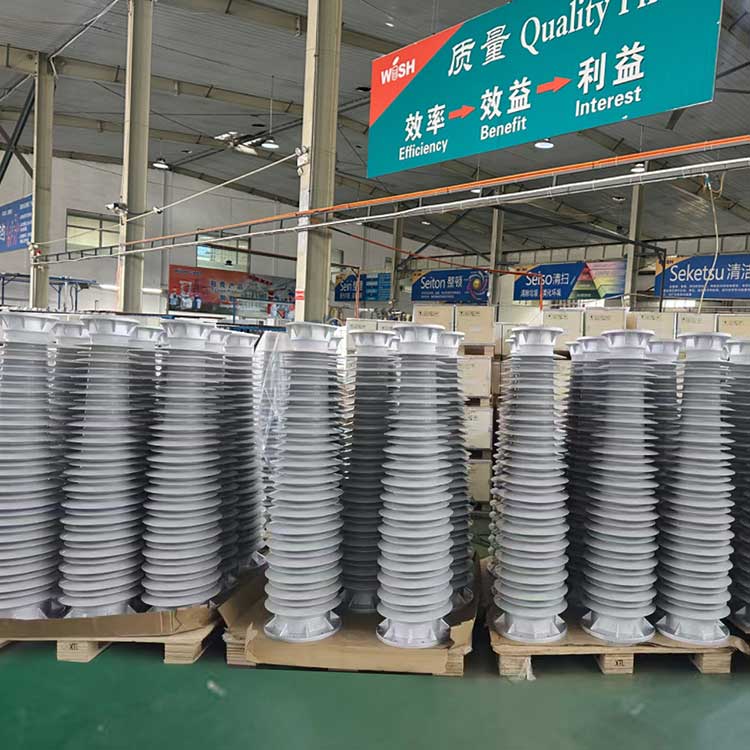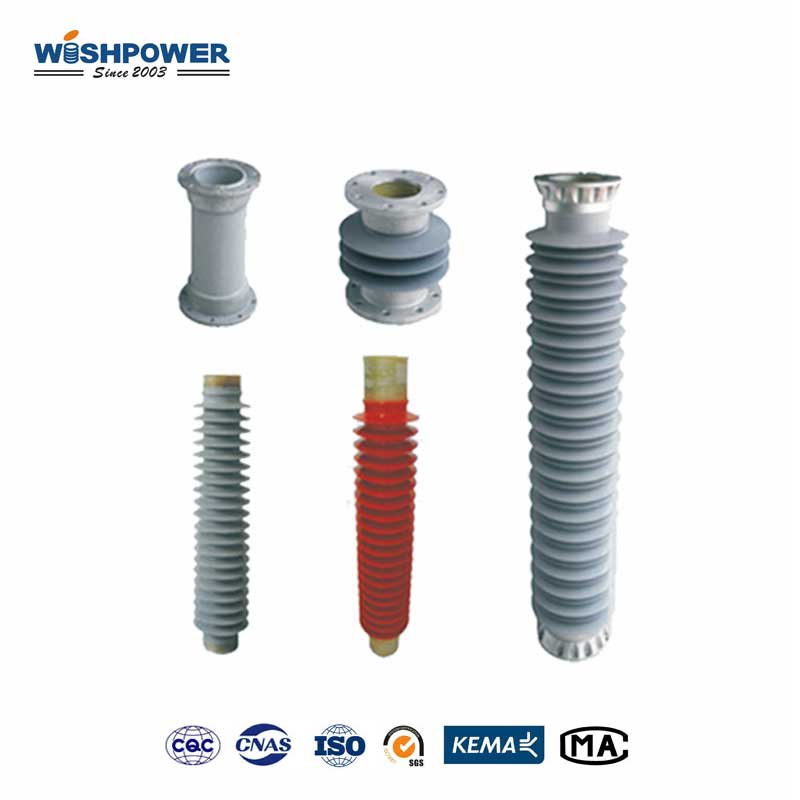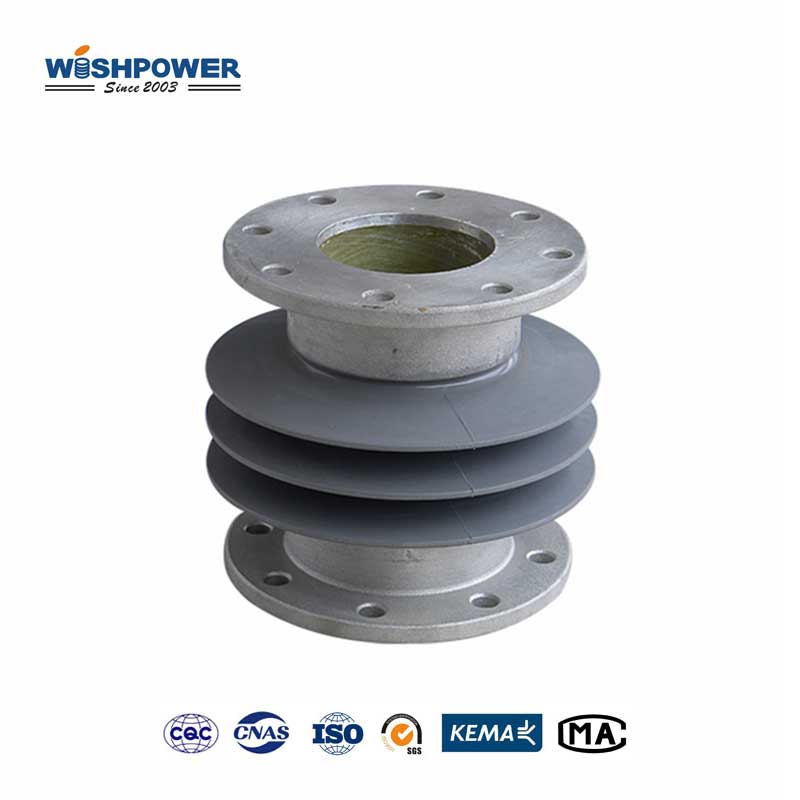What are Composite Hollow Core Insulators?
With the continuous evolution of modern power systems toward higher voltages and more complex designs, many engineers ask, “composite hollow core insulators” These insulators are rapidly replacing traditional porcelain and glass units and are widely used in high-voltage switchgear, cable terminations, and instrument transformers. This article provides an in-depth overview of their construction, applications, technical specifications, and performance benefits.

Product Description
Composite hollow core insulators are made with an epoxy resin fiberglass tube as the core and high-grade silicone rubber sheds on the outside. Their hollow structure allows internal space for other components, such as circuit breakers or surge arresters, making them ideal for high voltage and pressure-bearing applications. These insulators are lightweight, strong, and provide excellent electrical insulation.
Industry Applications
Composite hollow core insulators are used in a wide range of high-voltage power system components:
- High-voltage circuit breakers
- Voltage and current transformers
- Gas-insulated switchgear (GIS)
- Cable terminations and bushings
- Disconnect switches and support insulators
They are especially suitable for outdoor use in polluted, high-altitude, or humid environments.
Technical Specifications
| Parameter |
Specification |
| Rated Voltage |
10kV ~ 800kV |
| Mechanical Load |
≥ 40kN (customizable) |
| Creepage Distance |
≥ 20mm/kV |
| Housing Material |
HTV Silicone Rubber |
| Core Material |
ECR Glassfiber Epoxy Tube |
| Test Standards |
AC Withstand, Lightning Impulse |
| Protection Rating |
IP65 ~ IP68 |
| Operating Temperature |
-40℃ ~ +60℃ |

Performance Features
- Lightweight — one-third the weight of porcelain units
- High mechanical strength with excellent shock resistance
- Outstanding pollution resistance with hydrophobic surfaces
- Sealed interfaces for moisture and water resistance
- Long lifespan and minimal maintenance
- Eco-friendly and compliant with RoHS standards
Standards and Compliance
WishPower composite hollow core insulators comply with IEC 61462, GB/T 22066, ANSI C29.11, and are ISO9001 certified with third-party test reports to ensure quality and performance.
Conclusion
Composite hollow core insulators have become essential in high-voltage power infrastructure due to their superior performance and structural reliability. WishPower delivers high-quality, standard-compliant insulators fit for global grid expansion and upgrades.
WishPower is a professional supplier of power system equipment. If you have procurement needs, please contact us for product quotations. Custom services are available.
















